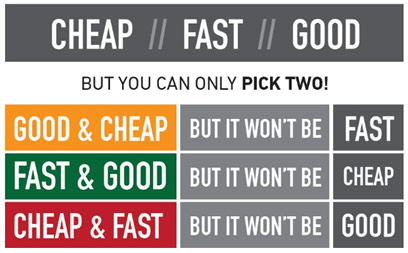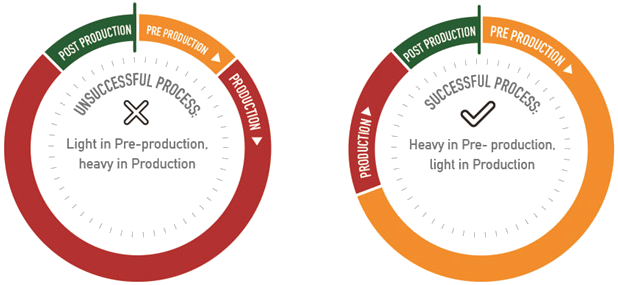A Guide To Animation Explainers
An animation explainer is designed to explain your company, product, service or subject in a way that your audience can understand in two minutes or less. Most explainers cover a few key points: the problem, the solution, the features and benefits, and in some cases how the solution works.
We’ve produced a few animation explainers now for our wonderful clients, all have been well received and we love doing them! With that in mind, here are some of our open opinions and transparent advice for anyone that is looking to invest in an animation explainer or is simply looking for a solution to a business challenge.
The key is to keep it short and engaging, while still conveying the right information. No matter what you’re explaining, an animation explainer should leave your viewers with a clear understanding of what you do, how you can help and a desire to take the next step.
How Much Do Animation Explainers Cost?
When we set out to produce an animation explainer, what is it that we want in terms of a result?
We want a focused asset that clearly engages the viewer, it looks and sounds great, it does the job we initially intended, it’s in line with the brand and it’s as futureproofed as possible. Most importantly, we want it to solve our business challenges with floods of people getting in touch to buy our products/services.
These are some fairly high expectations, so it’s integral that a lot of time, energy and effort is invested to make this happen, this invariably comes with a price tag. You could always go on Fiverr and get a 60-second “explainer” for about £30, but as we both know, that’s not a comparable product and your end result will be a million miles from your objectives and expectations.
We would always suggest, as a benchmark, your basic to complex animation explainer would typically cost you £8K to £15K, based on a quality production company doing a quality job. This would translate to around 8 days’ pre-production/3 days’ post (at the lower end) and 16 days’ pre-production/4 days’ post (at the upper end). The best work is created in the planning phase, and so the more time and budget that’s allocated for pre-production, the better the end result.
I have to be honest, I was warned off adding this section by one of my colleagues. They said “including prices instantly makes people try to compare on price”, when the importance always relates to a comparison on results. However we understand the importance of expectations, so I decided to add this in for your benefit.
Although prices vary greatly from company to company, the risks are the same as they have always been (CHEAP – FAST – GOOD) the importance is to find a team that fits your brand and can deliver on budget, time, and to a standard that exceeds your initial expectation.

How Do You Guarantee A Successful Animation?
Success can come in many forms, a problem solved such as streamlining the lengthy procedure explaining your business services or lots of new enquiries as a result of tooled up sales executive. The area of success I’d like to cover off considers the actual final deliverable and the structure it adopts.
I’m not going to put the world to rights on good vs bad animation and to be honest, it’s all subjective…right? Wrong… it’s a case of finding the right team to help you realise your expectation, whilst investing time in the right areas.
From experience, the success of any creative asset is as a result of time and energy spent in the front end (Pre-Production) phase of the project.

As mentioned previously, the success comes in the work and thought that happens up front, before you start talking about format, style and movement. With this approach the structure, format, voiceover all pull together in the build as if following a Lego manual.
From experience there are many different formulas to a successful explainer animation. Once all of the content is stripped back, the structure in most cases can appear to be the same universally. Here is an example of a successful structure we have implemented:
- Set the scene with industry/service problems and issues, to create viewer empathy.
- Create aspiration of ‘What if…’ there was a way that these problems could be solved.
- Introduce the brand as the solution and how it can help including a call to action
How Long Does It Take?
I keep barking on about the importance of investing time, but how much time? Typically an animation explainer can take around three months, scoping to completion. With that said, we’ve completed some projects in just over a month and some extremely complex ones in around 5 months. It all really boils down to the level of collaboration, close working relationship and speed of feedback to delivery.

After all those well invested hours of meetings, feedback on scripts, artwork and animations you have achieved what you set out to with a short, clear, engaging and powerful marketing tool.
To Summarise:
- Give animation the time it deserves.
- Invest well, with realistic time expectations.
- A successful animation can have significantly positive business impacts.
- Find a well-established and hungry production house: wink… wink…